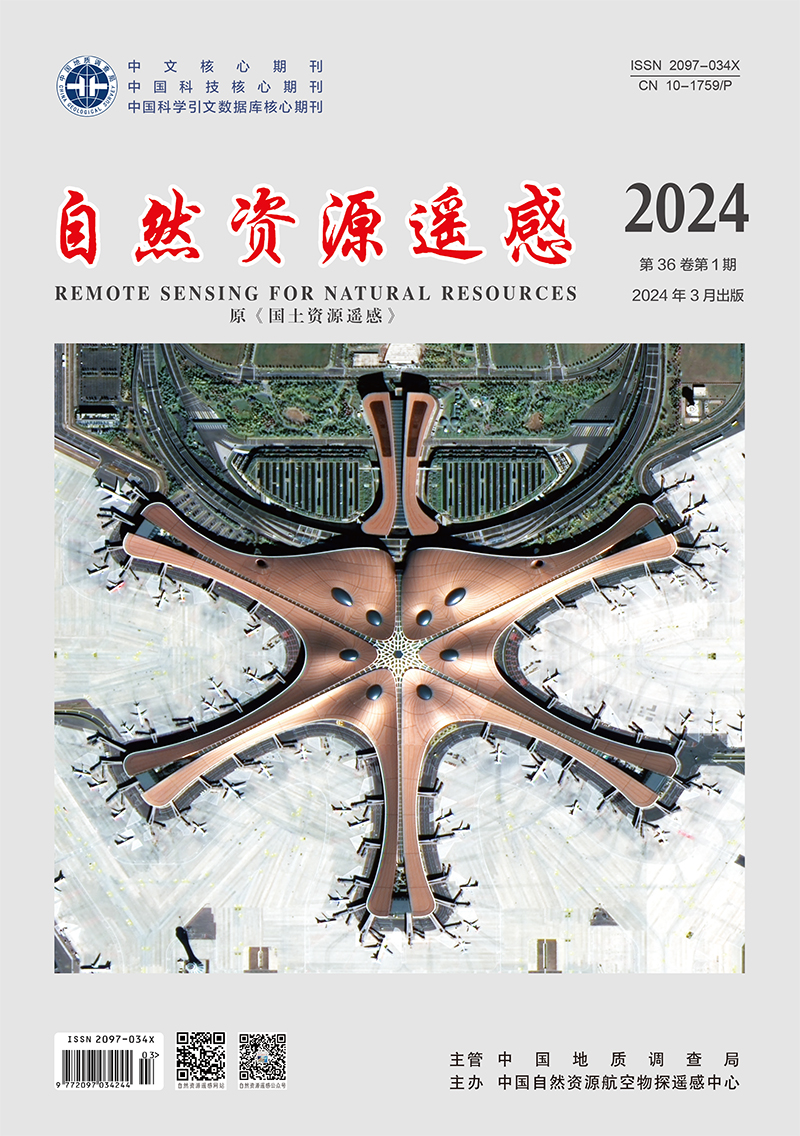CAI Jian’ao, MING Dongping, ZHAO Wenyi, LING Xiao, ZHANG Yu, ZHANG Xingxing. 2024. Integrated remote sensing-based hazard identification and disaster-causing mechanisms of landslides in Zayu County. Remote Sensing for Natural Resources, 36(1): 128-136. doi: 10.6046/zrzyyg.2023313
| Citation: |
CAI Jian’ao, MING Dongping, ZHAO Wenyi, LING Xiao, ZHANG Yu, ZHANG Xingxing. 2024. Integrated remote sensing-based hazard identification and disaster-causing mechanisms of landslides in Zayu County. Remote Sensing for Natural Resources, 36(1): 128-136. doi: 10.6046/zrzyyg.2023313
|
Integrated remote sensing-based hazard identification and disaster-causing mechanisms of landslides in Zayu County
-
1. School of Information Engineering, China University of Geosciences(Beijing), Beijing 100083, China
-
;2. Frontiers Science Center for Deep-time Digital Earth, China University of Geosciences (Beijing), Beijing 100083, China
-
;3. China Geological Environment Monitoring Institute, Beijing 100081, China
More Information
-
Corresponding author:
MING Dongping
-
Abstract
Zayu County, located in the southeastern portion of the Qinghai-Tibet Plateau, is characterized by a large area, significantly varying topographic and climatic characteristics, and frequent landslides. The hazard identification and early warning of landslides are critical to disaster prevention and mitigation in the county. Based on the data acquired from January 2020 to November 2022, including 162 scenes of Sentinel-1A Radar remote sensing images taken on ascending and descending passes and high-resolution optical remote sensing images, this study conducted hazard identification, cataloging, mapping, analysis, and assessment of active landslides in Zayu County using the integrated remote sensing (IRS) technique on the Google Earth platform. A total of 237 active landslide hazards were identified primarily along the Gongrigabuqu River (the western tributary of the Zayu River), Zayu River, both sides of the Nujiang River, and the eastern Zayu River to the western Nujiang River. As revealed by the statistical analysis of the interpretation results combined with quantitative factors such as topography (elevation, slope, lithology) and natural environment (rainfall, temperature), the landslides in Zuobu and Azha villages pose high disaster risks, necessitating further mitigation measures. With relatively accurate results, this study can serve as a reference for disaster prevention and mitigation in Zayu County.
-

-
-
Access History







 DownLoad:
DownLoad: